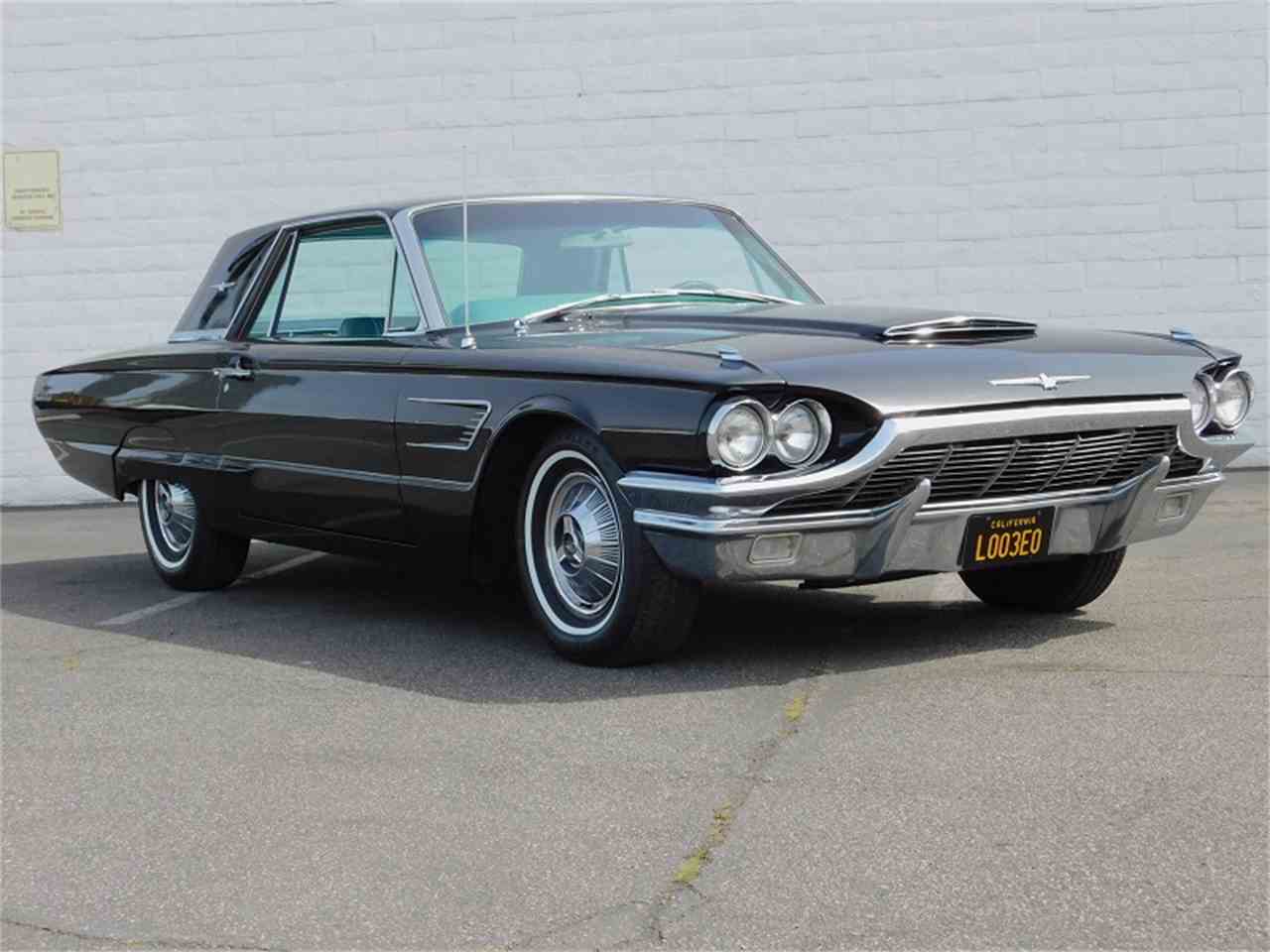

The up-and-coming company was keen to differentiate itself from peers and rivals by donning unusual finishes to guitars as evidenced by Eldon Shamblin’s gold ’54 Strat, Pee Wee Crayton’s red one, or the colorful Precision models exhibited in ’55. It’s also impossible to determine whether a given color was specifically required by a player/customer or whether it was actually chosen by Fender to match a request for, say, a red or a green guitar. It’s difficult to identify precisely which colors were used on Fender instruments before 1960, partly because of the sheer number of automotive paint shades available at the time, but also because of the effect of aging on these colors. The custom colors used by Fender came from the automotive industry for three prime reasons: there were plenty of shades to choose from since colors were a strong selling argument to differentiate cars well before it became the case of guitars automotive paints were well-suited to an industrial environment, easy to apply, and fast-drying and finally, they were easy to procure. The mention “available in a DuPont Ducco color of the player’s choice at an additional 5% cost” first showed up in spec sheets for the Stratocaster and Precision Bass circa ’56, but customer requests for non-standard finishes actually go back to the early ’50s. A ’52 Esquire with original Copper finish.Ĭustom-color finishes appeared on Fender instruments well before the company’s first color chart was released in 1960. Fender Esquire: Jim Colclasure/Kathy Ketner.

Daphne Blue is one of the many colors borrowed from Cadillac – here on a ’63 Strat with gold-plated parts.
#CUSTOM BLACK AND WHITE 65 THUNDERBIRD SERIES#
(RIGHT) This Precision Bass is a color called Pompano Peach, a 1955 Plymouth color from the Beach Series (along with Miami Blue, Orlando Ivory, and Sarasota Sand). (LEFT) 1958 Stratocaster with what could be anything from Buick’s 1952 Aztec Gold to Cadillac’s ’55 Goddess Gold. In 1952, the metallic gold of the Les Paul was standard at Gibson, but to get one on a Telecaster would have required a custom order. Any finish may or may not be custom, depending on the make/model. For instance, in the ’50s, blond was standard on Fender’s Telecaster and Esquire, but it became a custom option on the Strat (on which the regular finish was sunburst). In an attempt to clear the (lacquer-saturated) air on the topic, we offer a look at the custom-color finishes offered by Fender in the ’60s, including an aide for easy reference and a reminder of the debt guitar builders owe to the automotive industry.įrom a guitarmaker’s standpoint, a “custom” finish does not necessarily mean a colorful finish, but rather a non-standard finish on a given model. Regardless of the rationale or reasoning, custom colors are today an essential (and sometimes highly valued) feature of many vintage instruments, though their origins and specificity are not always adequately documented. What better way to make the electric guitar a similar object of desire, symbolizing the dawn of a new era of freedom, innovation, and rising affluence?

Guitar makers, competing similarly and becoming ever more savvy, moved to capitalize on the cult of the car (and its many colors). A Lake Placid Blue ambiance dominates the front page of the ’58 Cadillac catalog. (RIGHT) This 1964 GM chart includes the two Cadillac Firemist shades used (and re-named) by Fender. The Blue Ice and Sherwood Green shades featured in this ’59 Mercury chart are not the colors actually used by Fender. (LEFT) This 1956 Ford color chart lists the famous Fiesta Red (which was not invented by George Fullerton!). Competing furiously, makers offered a broad palette of potential colors to help Neighbor A differentiate his ride from that of Neighbor B. As a result, automakers started to offer their wares in ever-better dress.īeyond plush interiors and dashboards with more dials, switches, and knobs, one of the key elements of the surge in the popularity of the automobile involved its paint. The booming economy of the country’s post-war years pushed the car from a purpose-built means of transportation to the center of family and social life. In the 1950s, America’s fascination with the automobile was running at a fever pitch. This ’56 Buick exhibits a combination of Foam Green and (darker) Laurel Green.


 0 kommentar(er)
0 kommentar(er)
